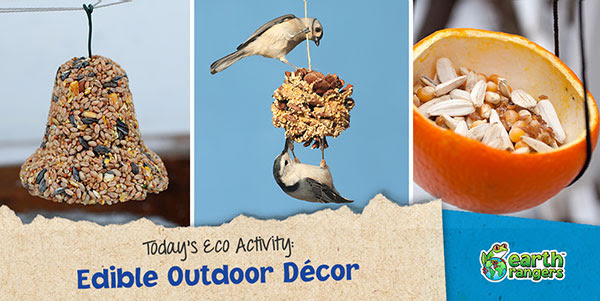The Winter Olympics brings together the top athletes from some of the most exciting and highly competitive winter sports, all fighting to bring home the gold! But what if we invited animals to compete? Check out these amazing animals that we think should be in the Winter Olympics.
Ski Jumping
Contender: Snow Leopard (Panthera uncial)

Bio: Snow leopards have powerful legs that allow them to leap really far, covering distances of around 15 meters!
These amazing felines live in the mountains of Central Asia at elevations of 3,000-4,500 meters high. Snow leopards jump between ledges while on the hunt for prey but maybe they can be inspired to leap off cliffs to reach for Olympic glory.

Bobsleigh
Contender: Adelie Penguin (Pygoscelis adeliae)

Bio: To win at the bobsleigh athletes have to be great at sliding fast as part of a team and that’s a specialty of Adelie penguins. When walking, penguins are very slow, which is why they often get around by sliding across the ice on their bellies. Adelie penguins slide fearlessly down hills head first, using their feet to help them pick up speed.

Speed Skating
Contender: Polar Bear (Ursus maritimus)

Bio: The polar bear may not be able to glide on the ice, but even without blades they are fast! In short distances polar bears can run as fast as 40 kilometers per hour (25mph). They have small bumps on the bottom of their feet to give them traction on the ice. Top speed skaters tend to be faster, reaching speeds of over 45 kilometers per hour (31mph), but if we had a race on the ice with no skates we’re sure the polar bear would win.

Cross-Country Skiing
Contender: Woodland Caribou (Rangifer tarandus)

Bio: The woodland caribou can take off across the snow-covered tundra at speeds of around 60-80 kilometers per hour (36-48mph). Caribou have large and concave (curving inward) hooves, this shape helps them to move quickly across the snow. Even newborn calves are fast runners and are able to out pace a human, making a baby caribou a serious contender for the cross-country sprint to the podium.

Curling
Contender: Chinstrap Penguin (Pygoscelis Antarctica)

Bio: Curling is all about rocks! To win, players must slide a granite stone across a sheet of ice towards a circular target. Similarly, Chinstrap penguins spend a lot of time with stones, picking them up and placing them carefully in a circle to build a nest. With this kind of stone to circle accuracy we’re sure a penguin curling team would be a fan favourite!

What animals do you think would do best in the Winter Olympics? Tell us in the comments!
[accordion_set] [accordion title=”References” active=”no”]
Snow Leopard http://www.iucnredlist.org/details/22732/0
Adelie Penguin
http://animaldiversity.ummz.umich.edu/accounts/Pygoscelis_adeliae/
http://www.penguinscience.com/education/adaptations_feet.php
Polar Bear
http://www.polarbearsinternational.org/about-polar-bears/essentials/walking-and-running
Woodland Caribou
http://animaldiversity.ummz.umich.edu/accounts/Rangifer_tarandus/
Chinstrap Penguin
http://www.museums.norfolk.gov.uk/Whats_On/Virtual_Exhibitions/To_the_Ends_of_the_Earth_Norfolks_Place_in_Polar_Exploration/Antarctica_Finds/NCC082670
[/accordion] [/accordion_set]











































